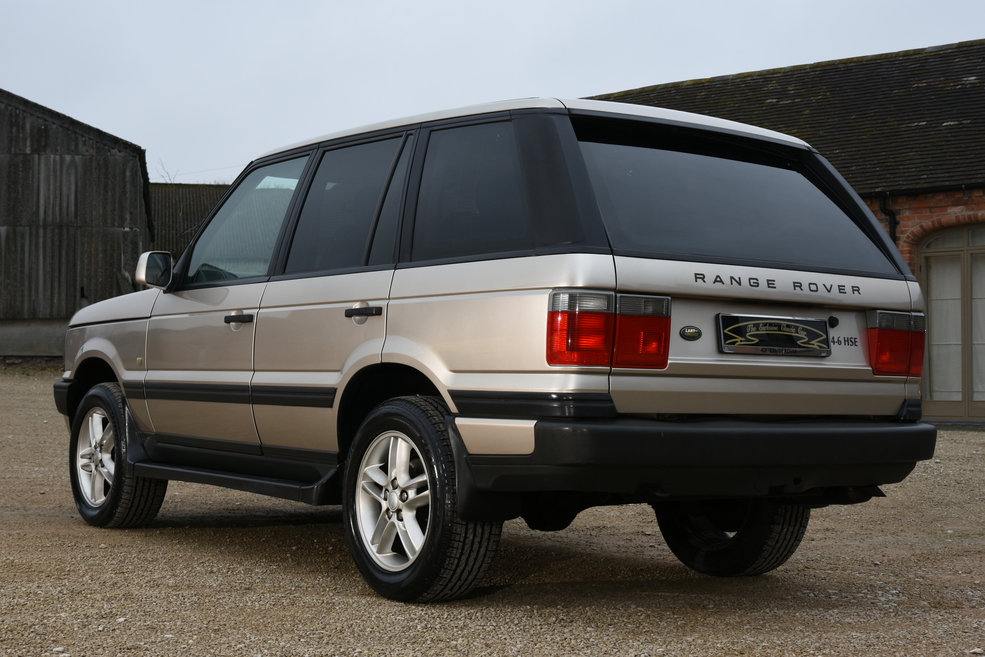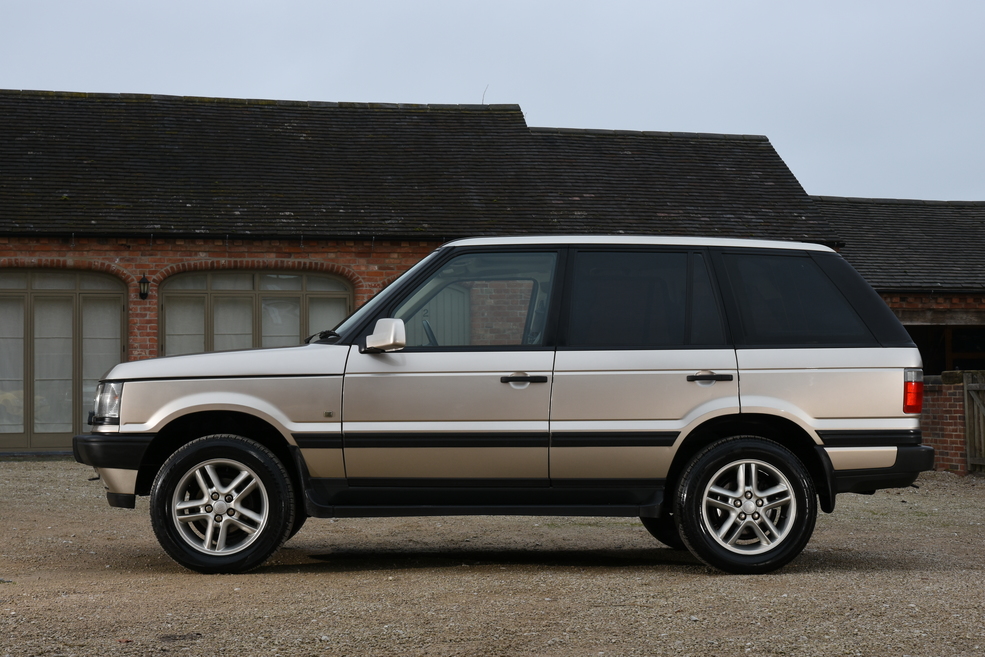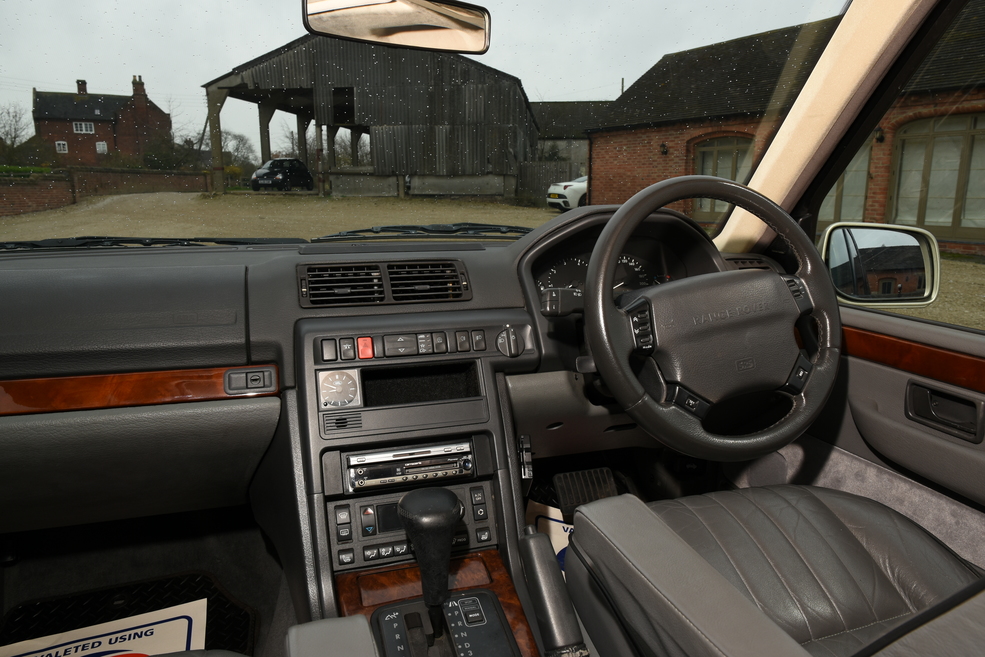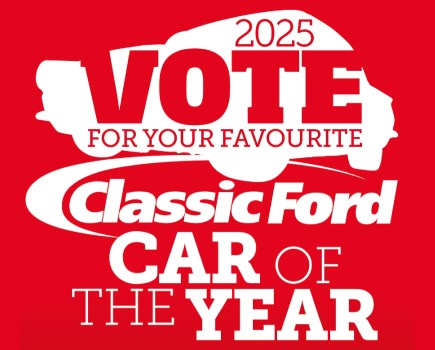Classics World’s Chris Stacey road tests and reviews the 1999 Range Rover P38A…
The second generation version of the Range Rover was labelled P38A, after the design team’s building location at Land Rover’s Solihull plant. Spen King’s original or ‘classic’ Range Rover had a production run of more than 20 years, including facelifts, upgrades and the introduction of a five door body. More radical change was required and in 1994, Land Rover revealed their all-new Range Rover.
Reflecting its clear aim at the luxury SUV market, the new P38A had a five door body designed by Land Rover’s George Thompson, and it offered more luxurious trims levels. Under the bonnet, Rover’s all-alloy V8 had been upgraded and was available in 4.0 or 4.6 litre capacities. There was a diesel option too, a six cylinder 2.5 litre unit sourced from BMW, though in practice this was dismally slow hauling such a heavy vehicle. Transmission was either a four speed auto ‘box from ZF – the most popular choice – or a five speed manual. Borg Warner transfer gears drove front and rear differentials, offering high and low range ratios. With luxury in mind, air suspension was employed, providing automatic control of ride height according to road speed. The Range Rover is well equipped for on- and off-road use.

Upgrades were made during the P38A’s lifespan, with four wheel electronic traction control and increased torque from the petrol V8s. For the 2000 model year, the body was spruced up with a facelift including colour-coded bumpers; the addition of passenger airbags boosted already respectable safety credentials. At the top of the range, the HSE had new alloy wheels, improved leather seats and walnut trim for dash and doors. Land Rover kept piling on the luxury touches their prestigious international clientele demanded, conscious of growing competition from Mercedes and BMW ‘soft-roaders’. The P38A continued in production for one more year, being replaced by a third generation Range Rover in 2001.
Our test car today is a 2000 model year example, first registered in Japan in late 1999. It comes with a desirable specification of 4.6 litre petrol V8, automatic gearbox and HSE trim level. Proprietor Barry Bowman specialises in sourcing low mileage, one owner cars from Japan and importing them to the UK. He explains ‘in Japan, the Range Rover is a popular prestige vehicle and owners cover very low mileages while maintaining them perfectly’.

This Range Rover verifies Barry’s concept, with just 70,000 kilometres on the clock, equating to 44,000 miles, plus a fully stamped up main dealer service history. Once he’s identified a suitable vehicle to import from Japan, Barry ships it to the UK, deals with the formalities including import duty and VAT, then registers it with the DVLA obtaining an age-related UK number plate. After that, he puts the car through an MoT test, rectifies any faults identified, services it then provides another brand new MoT at the time of sale.
Range Rovers should look imposing, and finished in metallic white gold, this one certainly passes muster. Standing next to Land Rover’s Discovery, the Range Rover dominates, though it’s a trompe l’oeil, as the external dimensions of the two cars are similar. The Range Rover has presence whether out on the road or posing for our camera. Climb up inside and the dark granite leather interior is unmarked and extremely comfortable. The beige headlining nicely offsets the grey upholstery and with the touches of walnut around the cabin, occupants are given a true sense of occasion. Though it’s an off-roader, this is no place for muddy boots.

Start the V8 and there’s a muted rustle up front. Engaging drive and moving off, initial pick up is gentle but press the accelerator to the floor then the motor growls softly and gathers pace deceptively quickly. To say there’s a commanding view from the driver’s seat doesn’t do justice. Sitting up behind the Range Rover’s wheel, you really do feel you’re the king of the road. The air suspension gently smooths the undulations of the country lanes giving a ride that’s refined on paved surfaces without sacrificing off-road ability. Out of deference to the immaculate condition and preparation of Barry’s Range Rover, we didn’t engage the low range gears and test it over the muddy fields.
Driving a P38A can certainly make the owner feel special, though fuel costs may preclude everyday use. As an imposing and luxurious classic for special occasions, it makes a lot of sense. Now that prices of the Range Rover Classic have taken off, the P38A looks to be excellent value and it’s more competent too.

Verdict
This Range Rover has clearly led a pampered life, typical of such vehicles in Japan. It’s beautifully presented with a high level specification. It behaves perfectly on the road, giving its lucky driver the full Range Rover luxury experience.
Tech Spec
Engine: 4553cc V8
Power: 224bhp
Top Speed: 123mph
0-60mph: 9.7 seconds
Economy: 14.4mpg
Length: 4713mm
Weight: 2220kg





